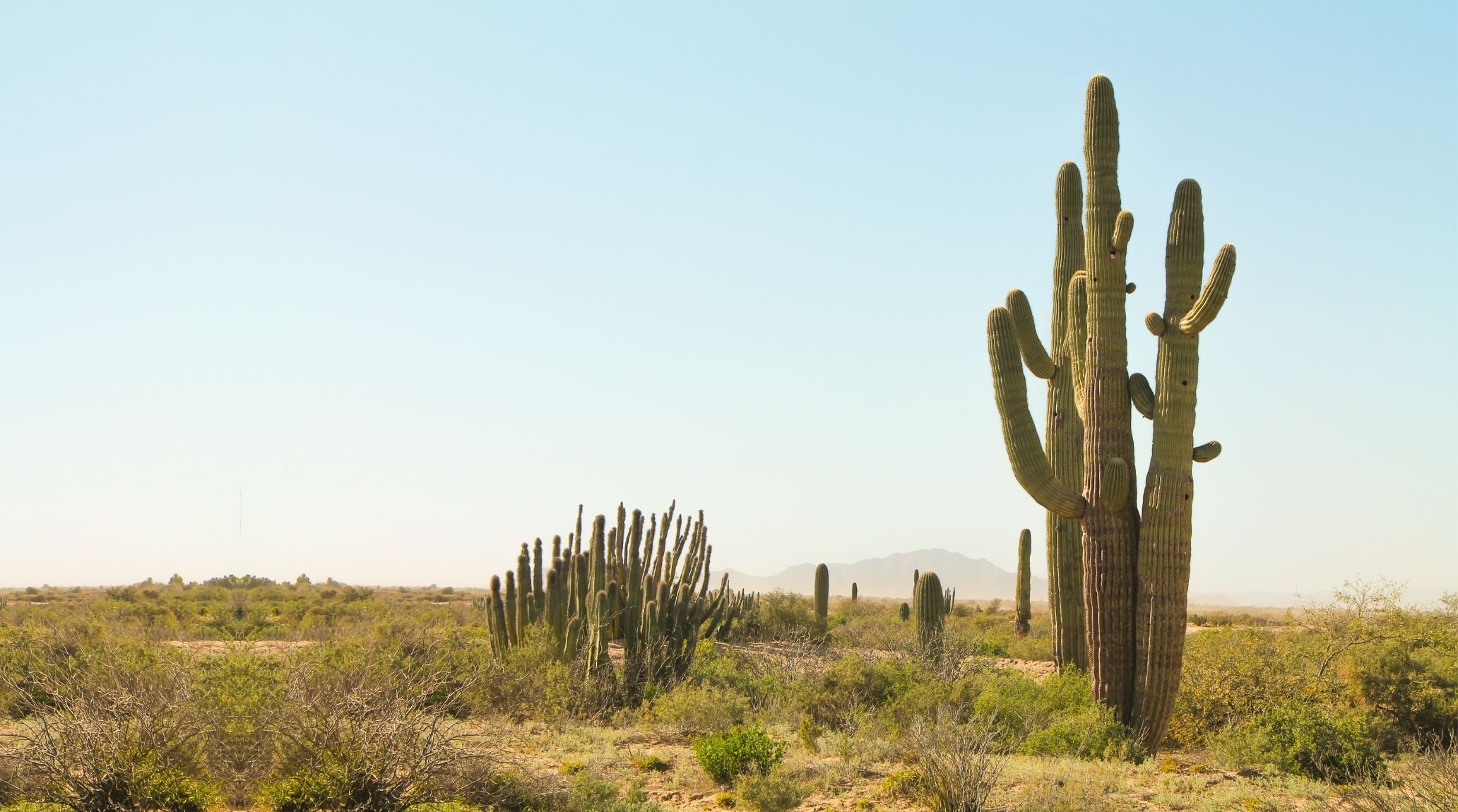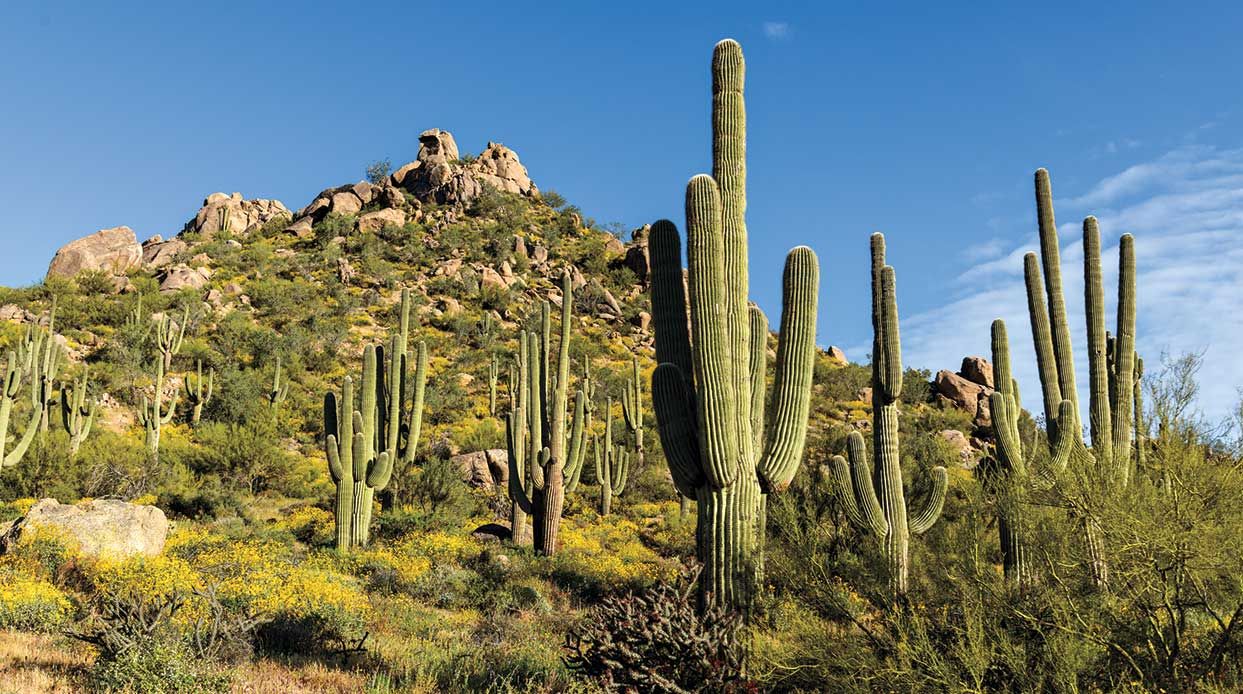
“
Cacti are fascinating plants that thrive in some of the harshest environments on Earth. These resilient plants have adapted to extreme conditions, making them a marvel of nature. Let's delve into 20 unique and interesting facts about cacti that will captivate young gardeners and help them learn more about these incredible plants. From their ancient origins to their unique survival strategies, cacti are sure to inspire curiosity and appreciation for the natural world.1
1
”
Cacti have been around for millions of years. Fossil evidence shows that cacti existed during the age of the dinosaurs, making them ancient survivors of a bygone era, enduring vast changes in the Earth's climate and environment.1
Cacti are well-known for their ability to store water. They have thick, fleshy stems that can hold large amounts of water, allowing them to survive long periods of drought, which is crucial in the arid desert landscapes where they thrive. 2
The tallest homegrown cactus, a Cereus peruvianus, stands at an impressive 33.5 meters (110 feet) and continues to grow at Shri Dharmasthala Manjunatheshwara College of Dental Sciences in Karnataka, India, since being planted on 15 August 2002. 3

The spines of a cactus are actually modified leaves. These spines help protect the plant from herbivores and also provide shade, reducing water loss by minimizing the surface area exposed to the sun's harsh rays.
Cacti have shallow, widespread root systems that can quickly absorb any rainfall. Some cacti also have taproots that reach deep into the ground to access water stored in the soil, ensuring their survival during extended dry spells. 4
Unlike most plants, cacti perform photosynthesis in their stems rather than leaves. During winter, cacti enter a rest period, requiring minimal water and no fertilizer. This dormancy helps them conserve energy and prepare for the growing season. 5
Cacti open their stomata, tiny openings on their surfaces, at night to exchange gases. This process, called CAM photosynthesis, helps them conserve water during the hot daytime hours when evaporation rates are highest. 6
Cactus flowers are often large and showy, designed to attract pollinators in the desert. These flowers can bloom for just a day or night, making their appearance a special event that ensures the continuation of their species. 7

Mammillaria, the largest cactus genus with about 140 species, primarily thrives in Mexico, which is home to 99% of these globe or pincushion cacti. Remarkably, 88% of these species are found exclusively within Mexico’s diverse landscapes.
Cactus seeds can remain dormant for several years, waiting for optimal conditions like rain to germinate. This long dormancy period helps them survive in harsh desert environments. 8
Many cacti have edible parts. For example, the prickly pear cactus produces fruit and pads that are consumed in various culinary dishes, especially in Mexican cuisine, providing both nutrition and flavor. 9
Certain cacti, such as the prickly pear (Opuntia), are edible and widely consumed. The pads (nopales) are often cooked and used in salads, while the fruit (tunas) can be eaten fresh or made into jams and beverages. They offer nutritional benefits and are rich in vitamins. 10

Cactus flowers can be found in nearly every color of the rainbow. These vibrant blooms help attract pollinators like bees, birds, and bats, ensuring the cactus's reproduction and the continuation of its lineage.
Cacti flowers have a short life span, typically lasting from a single day to a few weeks, depending on the species. Despite their brief bloom, these vibrant flowers are crucial for the cactus's reproduction and attract pollinators like bees and birds.11
Cacti grow very slowly compared to other plants. Some species, like the saguaro, can take up to 10 years to reach just one inch in height, making their growth a true lesson in patience and resilience. 12
Cacti have adapted to intense sunlight by developing a thick layer of cells on their outer surfaces. This natural sunscreen helps protect them from harmful UV rays, enabling them to thrive under the scorching sun. 13

Cacti can live for a remarkably long time. Some species, like the saguaro, can live for over 150 years, standing as silent witnesses to the passage of time and the changing landscapes around them.
Cacti play a crucial role in desert ecosystems. They provide food and shelter for many animals, including birds, insects, and small mammals, supporting a diverse range of life in these challenging environments. 14
Some cacti have medicinal properties. For instance, the prickly pear cactus is known for its anti-inflammatory and antioxidant benefits and has been used in traditional medicine for centuries to treat various ailments.15
Cacti are popular houseplants due to their unique appearance and low maintenance requirements. They can thrive indoors with minimal care, making them perfect for beginner gardeners and adding a touch of the desert to any home. 16


